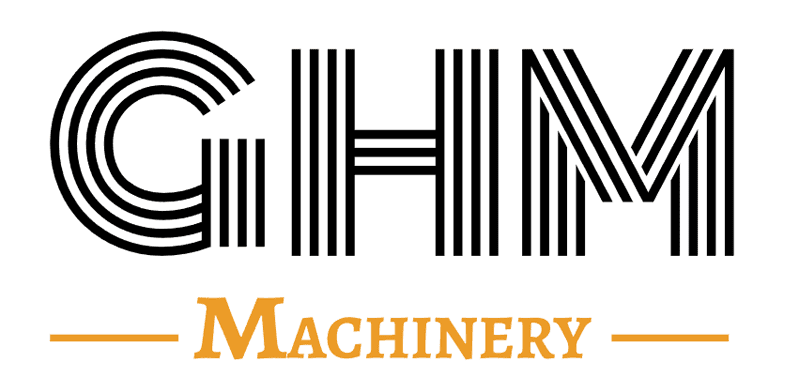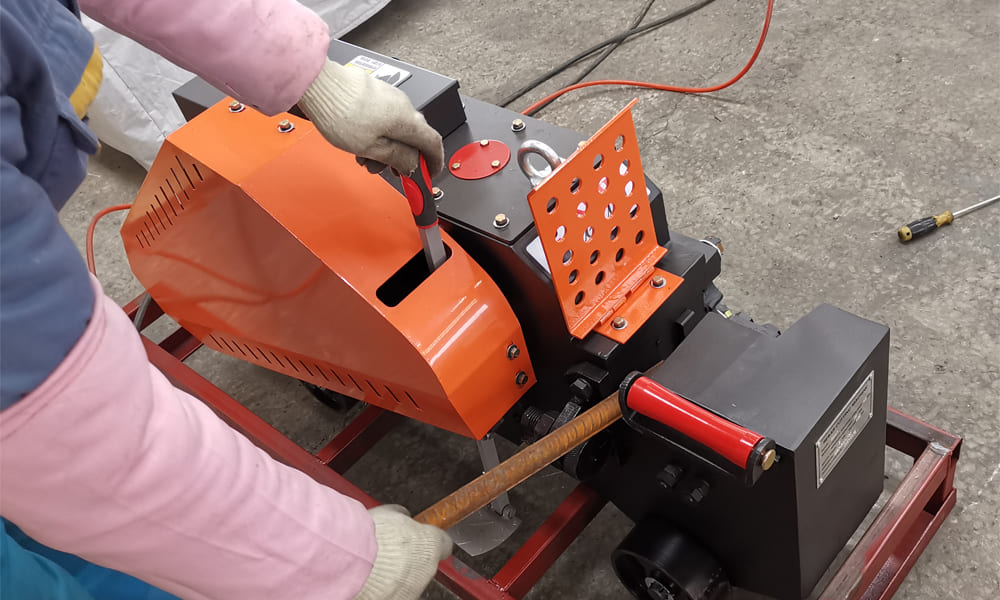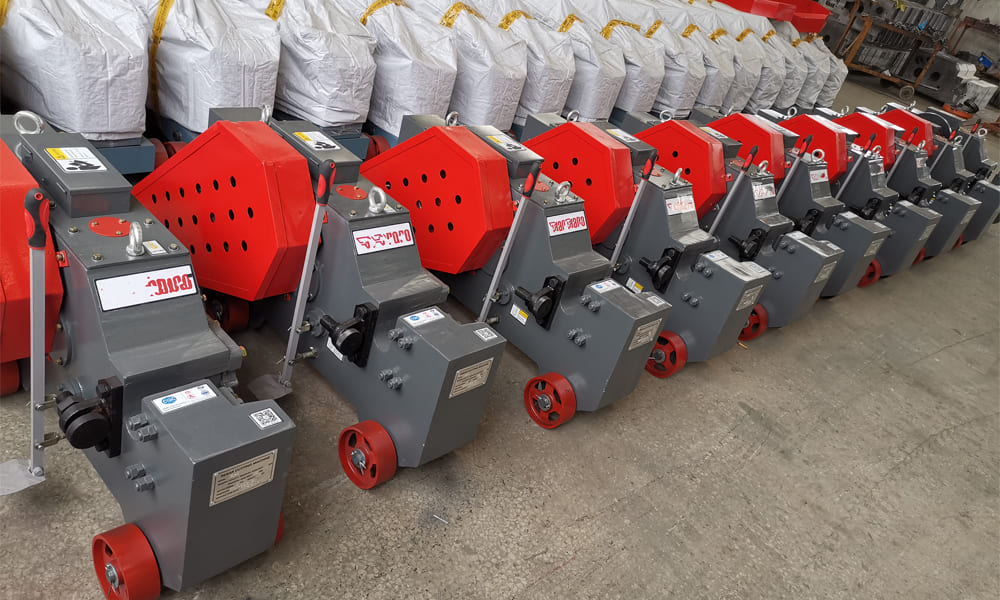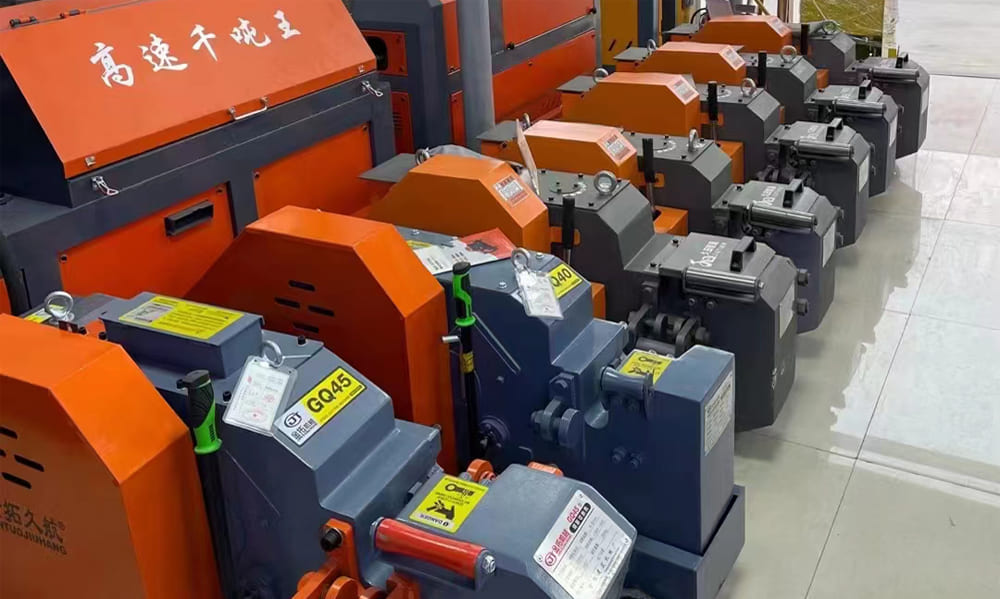In the dynamic landscape of construction projects, the ubiquitous use of steel bar cutting is paramount for the structural stability and integrity of buildings. The precise length and thickness requirements for these steel bars necessitate the use of cutting machines, facilitating the adaptation of these materials to the intricate needs of construction projects. As these machines play a pivotal role in shaping the foundational elements of a structure, it becomes imperative to adhere to stringent safety measures during their operation.
Leveling and Balance for Smooth Operations:
Ensuring the proper alignment of the work table and the lower part of the cutter is foundational to the integrity of the steel bars being cut. Picture this as making sure everything is flat and even. A leveled work table prevents any funky shapes in the steel bars, keeping things smooth and straightforward. And when it comes to the length of the bars, adjust the table to fit – easy, right?
Check-Up Before You Fire Up:
Before diving into the cutting action, it’s like giving the machine a quick health check. Look at the cutter – no cracks allowed! Make sure the bolts holding the blade are tight and the cover is snug. Give the pulley a little spin by hand, check the gears, and tweak the cutter if needed. It’s like making sure your car is good to go before hitting the road.
Take Baby Steps – Start Slow:
Imagine you’re trying out a new video game – you’d start with the easy level first, right? Same goes for the steel bar cutting machine. Before you start slicing and dicing steel bars, let the machine run without cutting anything. It’s like warming up before a workout – gets everything moving smoothly.
No Rushing – Wait for the Green Light:
Ever tried cooking pasta without letting the water boil first? It just doesn’t work. Similarly, don’t start cutting until the machine is at its normal speed. Rushing into it can cause problems. Let the machine get into its groove first – it’s like letting the water boil before tossing in the pasta.
Stick to the Rules – Know Your Limits:
Think of the machine’s tag as its rulebook. Follow what it says. Don’t try to cut steel bars that are too big or too strong. And if you’re cutting several bars, make sure their total size fits the machine’s limits. It’s like playing by the rules in your favorite game – makes everything run smoother.
Special Steel, Special Attention:
Handling special steel is like dealing with a unique ingredient in a recipe. You need a special tool – in this case, a special cutter. It needs to be tough to handle the unique properties of that special steel. And remember, stick to the cutting size mentioned on the machine. It’s like following the recipe – ensures a tasty result.
Watch Your Hands – Safety First!:
When dealing with short bits of steel, imagine it’s like handling hot potatoes – you keep your hands a safe distance away. In this case, keep your hands at least 150mm away from the cutter. If your grip is less than 400mm, use something to keep those short steel bits in check. It’s like putting on oven mitts – an extra layer of safety.
In summary, these safety tips form a user-friendly and SEO-optimized guide for operating steel bar cutting machines in construction projects. By emphasizing the importance of leveling, pre-operation checks, a gradual start, waiting for normal speed, adherence to size limits, special considerations for unique materials, and maintaining safe distances, operators can navigate the complexities of steel bar cutting with ease and confidence. Prioritizing safety not only ensures the well-being of the personnel involved but also contributes to the overall efficiency and longevity of the cutting machinery, establishing a harmonious relationship between safety protocols and successful construction projects.



